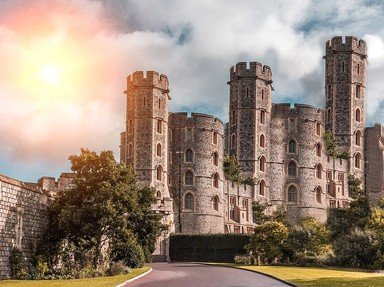
Châteaux of the Loire & Northern France Quiz
French Castles
These castles are all located in France, but which are in the famous Loire Valley and which are in northern France? All you need to do is sort them into the correct category based on their locations.
This is a renovated/adopted version of an old quiz by author Tyrondel
A classification quiz
by rossian.
Estimated time: 3 mins.